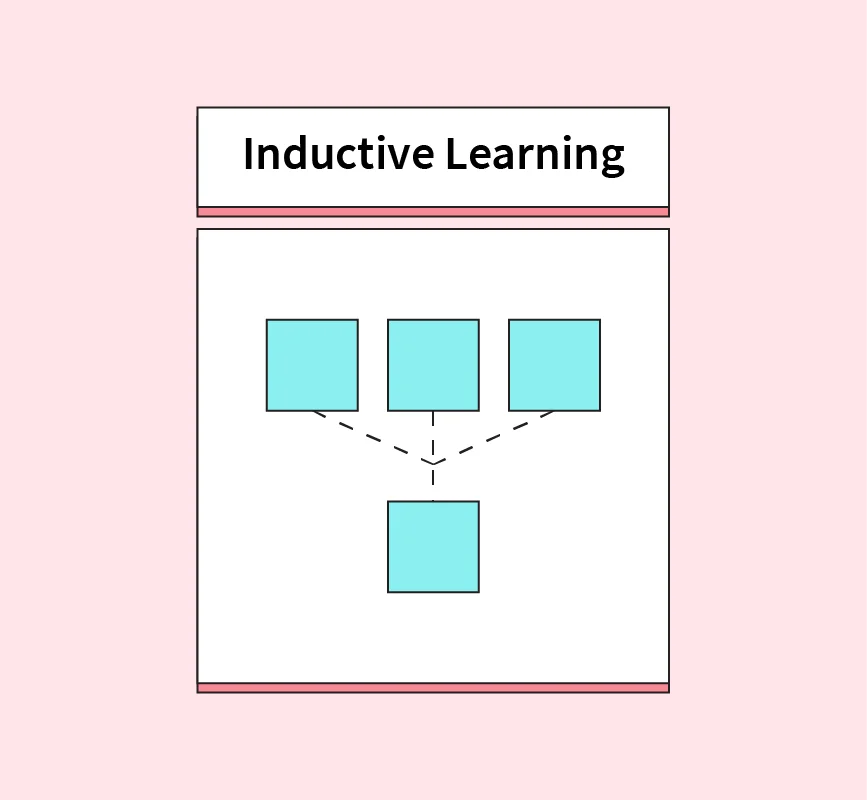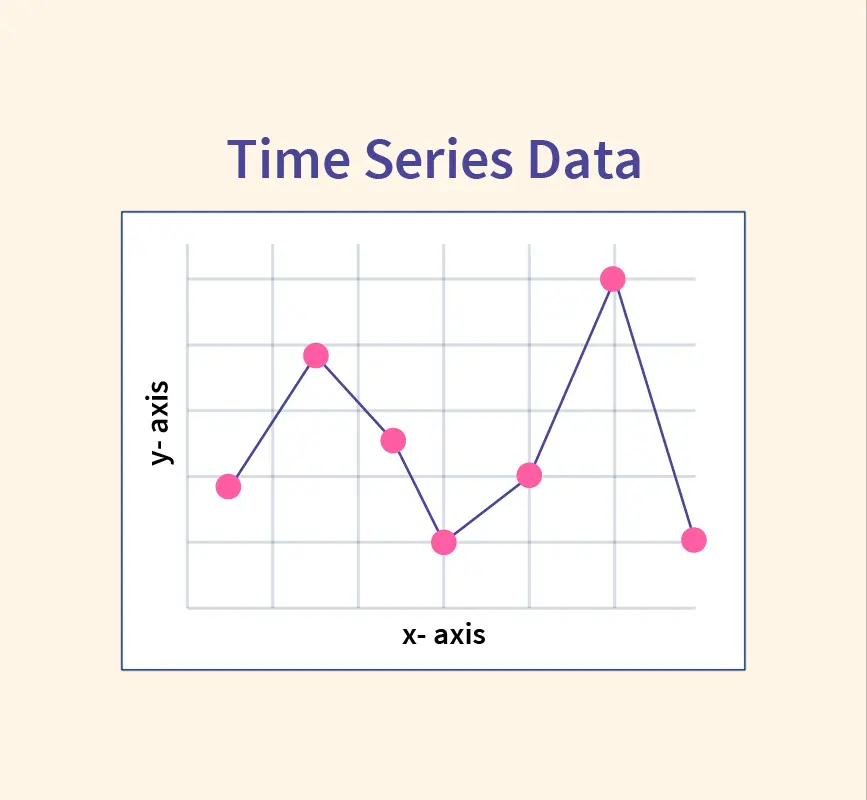Unification in AI is a core concept in logic and automated reasoning that enables the matching of logical expressions by identifying and substituting variables. It plays a crucial role in theorem proving, inference systems, and symbolic processing by ensuring consistency in logical statements. Unification is widely used in first-order logic, Prolog programming, and natural language processing to enhance rule-based reasoning.
What is Unification in AI?
Unification in AI is the process of making two logical expressions identical by determining a suitable substitution of variables. It is a key operation in first-order logic and is widely used in automated reasoning, inference engines, and logic programming to resolve logical statements systematically.
In AI, unification plays an essential role in theorem proving, where it helps match hypotheses with conclusions in logical deductions. In logic programming languages like Prolog, unification enables the system to match rules and facts to queries, allowing efficient pattern matching and rule evaluation.
Example of Unification in Predicate Logic
Consider two logical expressions in predicate logic:
- Parent(X, Mary)
- Parent(John, Mary)
To unify these expressions, we find a substitution that makes them identical. Here, substituting X = John results in:
Parent(John, Mary) = Parent(John, Mary)
Since the expressions are now identical, unification is successful. This process allows AI systems to infer new knowledge and establish logical relationships, making it fundamental in knowledge-based reasoning and automated decision-making.
Importance of Unification in AI
Unification is essential for simplifying logical reasoning and theorem proving by matching logical expressions and ensuring consistency in automated deduction. It helps AI systems derive conclusions by resolving symbolic relationships efficiently.
In rule-based AI systems like Prolog and expert systems, unification enables pattern matching, allowing the system to apply rules and infer new facts dynamically. This makes it crucial for logic programming, automated reasoning, and knowledge representation.
Unification is also widely used in natural language processing (NLP) for syntactic parsing and meaning representation. It helps in understanding sentence structures by unifying words with grammatical rules, aiding in machine translation, information retrieval, and question-answering systems.
By facilitating logical inference and pattern recognition, unification enhances AI’s ability to process symbolic data and derive meaningful conclusions, making it a fundamental concept in artificial intelligence.
Conditions for Unification
For unification to be successful, certain conditions must be met. These conditions ensure that logical expressions can be made identical without contradictions or infinite loops.
1. Identical Constants Must Match
Two constants can only be unified if they are exactly the same. If the constants are different, unification fails.
Example:
- “apple” = “apple” (valid unification)
- “apple” ≠ “banana” (invalid unification)
2. Variables Can Be Replaced with Constants or Other Variables
A variable can take the value of a constant or another variable to achieve unification.
Example:
- If X = “red”, then color(X) becomes color(“red”), making the expressions identical.
3. Function Terms Must Match
When unifying functions, the function names and the number of arguments must be the same. Variables within the function can be substituted to complete the unification.
Example:
- f(a, X) = f(a, b) is unified with X = b, making both expressions identical.
4. Cannot Create Cycles in Substitutions
Unification should not lead to infinite recursion by assigning a variable to an expression that contains itself.
Example:
- X = f(X) creates an infinite cycle and is not allowed in unification.
By following these conditions, unification ensures logical consistency, enabling AI systems to perform reasoning, inference, and symbolic computation effectively.
Unification in First-Order Logic (FOL)
Unification in first-order logic (FOL) is a fundamental process used to determine whether two logical expressions can be made identical by substituting variables. It is essential for automated reasoning, theorem proving, and inference engines, enabling AI systems to derive new knowledge from existing facts and rules.
In FOL, unification is used in predicate logic to match variables with constants or other variables, allowing AI to make logical deductions. This is widely applied in knowledge representation, expert systems, and natural language understanding.
Example of Unification in First-Order Logic
Consider the predicate logic expressions:
loves(X, Y) = loves(Alice, Bob)To unify these expressions, we find substitutions that make them identical:
- X = Alice
- Y = Bob
After applying these substitutions, both expressions become loves(Alice, Bob), completing the unification.
Role of Unification in AI-Based Knowledge Representation
Unification is crucial in AI-based knowledge representation systems, where logical rules and facts must be matched to derive conclusions. In rule-based AI, unification helps inference engines apply the correct rules by identifying matching patterns in predicates.
For example, in an expert system for medical diagnosis, unification allows AI to match patient symptoms with predefined rules, helping it infer possible diseases based on observed conditions.
Unification Algorithm in AI
The unification algorithm in AI is a systematic procedure used to determine whether two logical expressions can be made identical by substituting variables. It is widely used in automated theorem proving, inference systems, and logic programming.
Step-by-Step Breakdown of the Unification Algorithm
Step 1: Compare Terms
- Identify whether the terms are constants, variables, or functions.
- If both terms are constants, they must be identical for unification to proceed.
- If both terms are functions, they must have the same name and number of arguments.
Step 2: Apply Substitution
- If a variable is found, it can be replaced with a matching constant or another variable.
- Example: Unifying X = Alice in loves(X, Y) = loves(Alice, Bob) results in X → Alice.
Step 3: Recursively Check Sub-terms
- If the terms involve functions, recursively apply the unification process to each argument.
- Example: Unifying f(a, X) = f(a, b) requires checking both a = a (valid) and X = b.
Step 4: Resolve Conflicts
- If contradictions arise, such as mismatched constants or cyclic substitutions, unification fails.
- Example: Trying to unify X = f(X) creates an infinite loop, causing failure.
Python Implementation of Unification Algorithm
Below is a Python-based implementation of the unification algorithm:
def unify(term1, term2, substitutions={}):
if term1 == term2:
return substitutions # Terms are already identical
if isinstance(term1, str) and term1.islower(): # If term1 is a variable
return unify_var(term1, term2, substitutions)
if isinstance(term2, str) and term2.islower(): # If term2 is a variable
return unify_var(term2, term1, substitutions)
if isinstance(term1, tuple) and isinstance(term2, tuple) and len(term1) == len(term2):
for t1, t2 in zip(term1, term2):
substitutions = unify(t1, t2, substitutions)
if substitutions is None:
return None
return substitutions
return None # Unification fails
def unify_var(var, value, substitutions):
if var in substitutions:
return unify(substitutions[var], value, substitutions)
elif value in substitutions:
return unify(var, substitutions[value], substitutions)
else:
substitutions[var] = value
return substitutions
# Example Usage:
expr1 = ("loves", "X", "Y")
expr2 = ("loves", "Alice", "Bob")
result = unify(expr1, expr2)
print("Unification Result:", result)This implementation recursively applies the unification rules, checking for variable substitutions and resolving logical conflicts. It ensures that AI systems can efficiently process symbolic logic for reasoning and decision-making.
Unification in Prolog
Prolog uses unification as its core mechanism for pattern matching and rule evaluation. When a query is made, Prolog attempts to unify the provided facts or rules with the query by finding suitable variable substitutions. This enables logical inference, rule execution, and automated reasoning in Prolog programs.
How Unification Works in Prolog –
- When a query is executed, Prolog compares it with stored facts and rules.
- If a match is found, Prolog substitutes variables to make the expressions identical.
- If multiple matches exist, Prolog explores alternatives through backtracking.
Example of Unification in Prolog –
Consider the following Prolog fact and query:
father(john, X).
?- father(john, mike).In this case, Prolog tries to unify father(john, X) with father(john, mike). The variable X is unified with mike, resulting in a successful match.
Applications of Unification in AI
Unification plays a crucial role in various AI applications, enabling logical reasoning, inference, and symbolic processing. It is widely used in theorem proving, natural language processing, and knowledge representation.
1. Automated Theorem Proving
Unification is essential in logic solvers and automated theorem proving. It is used in Resolution Theorem Proving, where logical statements are unified to derive conclusions in formal logic systems. This helps in AI-driven problem-solving, such as proving mathematical theorems and verifying logical consistencies.
2. Natural Language Processing (NLP)
Unification is applied in feature unification for grammar parsing, ensuring consistency in syntactic structures. It is used in natural language understanding, speech recognition, and machine translation, where linguistic rules must be unified to generate meaningful sentence structures.
3. Knowledge Representation and Reasoning
In first-order logic (FOL) and rule-based AI systems, unification helps match logical facts with inference rules. Expert systems and AI-driven reasoning engines use unification to deduce new facts by applying predefined logical rules, making it a key component of AI knowledge representation.
Challenges in Unification
Despite its usefulness in AI, unification faces several challenges when dealing with complex logical structures and higher-order logic.
- Handling Infinite Recursion: Unification must prevent cyclic substitutions that lead to infinite loops.
- Example: X = f(X) causes infinite recursion, making unification impossible.
- Complex Expressions and Nested Functions: Deeply nested logical structures increase the difficulty of unification. Matching multiple levels of function terms requires additional processing, making unification computationally expensive in large-scale AI systems.
- Higher-Order Logic Complexity: Beyond first-order logic, unification becomes significantly more complex. Higher-order unification involves variables that can represent functions, requiring advanced techniques that increase computational overhead.
Conclusion
Unification is a fundamental concept in AI that enables logical reasoning, inference, and pattern matching. It plays a crucial role in automated theorem proving, Prolog programming, natural language processing (NLP), and knowledge representation. The unification algorithm systematically matches logical expressions by substituting variables, ensuring consistency in AI-based reasoning.
Its applications span rule-based systems, expert systems, and NLP grammar parsing, making it an essential tool for AI-driven problem-solving. Despite challenges such as handling infinite recursion and higher-order logic complexity, unification remains a key component in symbolic AI.
For a deeper understanding, learning Prolog and theorem proving techniques can provide valuable insights into AI logic programming and reasoning.
References:


